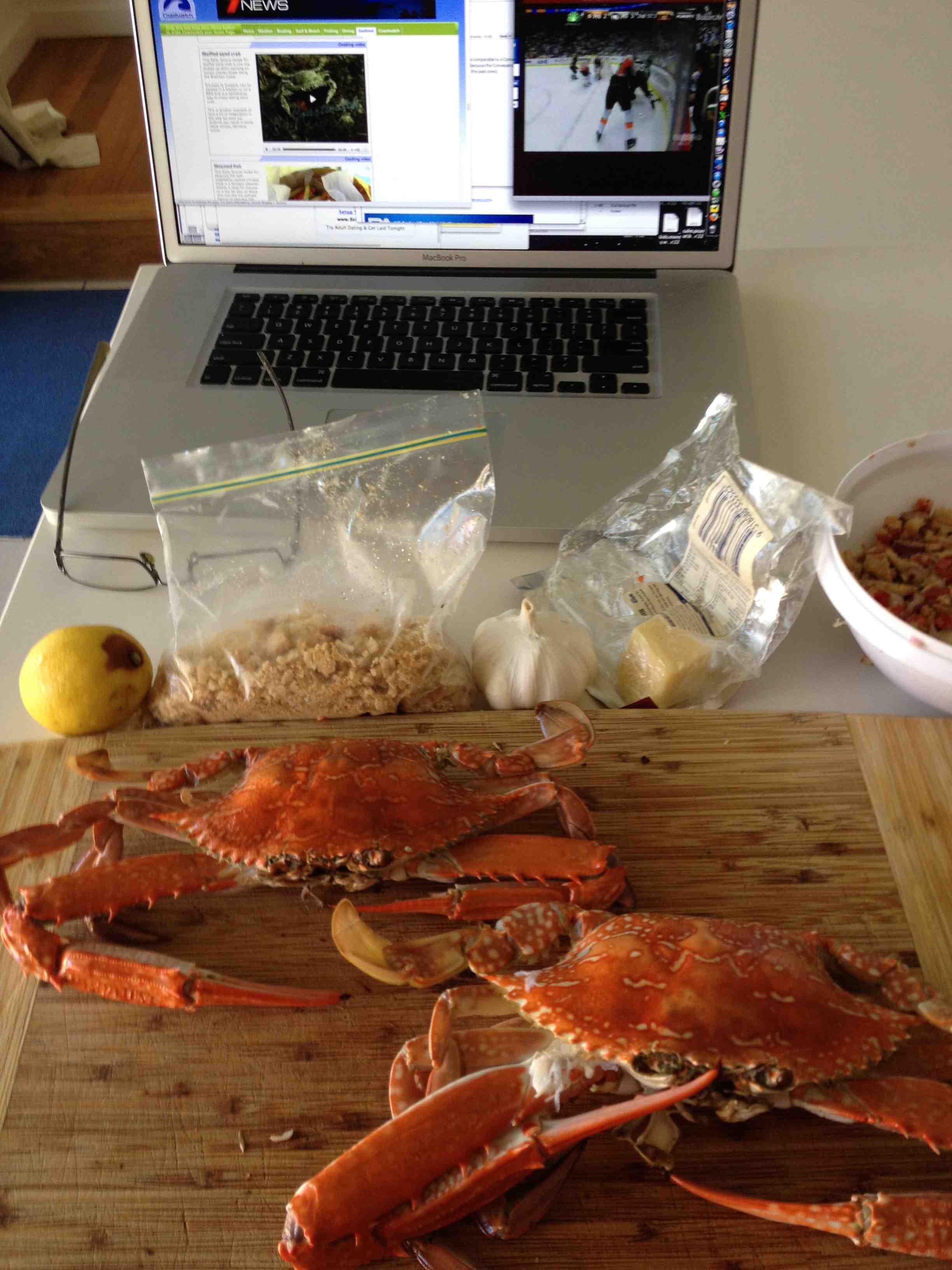A couple of Amy’s French professoring colleagues recently took up jobs in Adelaide, the state capital of South Australia,. They’re a real couple from Cardiff, Wales, who had until recently been professoring at colleges in New York City.
Dining out may have a familiar feel as a crackdown on food outlets has been credited with a rise in the number of South Australian businesses caught breaching hygiene standards.
The Sunday Mail reports authorities found almost 5,000 breaches of food safety laws last financial year – 1,000 more than in the previous 12 months.
SA local councils issued 3637 warning notices – up from 2127 – prosecuted three businesses, closed  seven premises, issued 126 fines and made 1149 improvement orders for breaches of the Food Act.
seven premises, issued 126 fines and made 1149 improvement orders for breaches of the Food Act.
Breaches discovered among bakeries, cafes, restaurants, supermarkets, delis and service stations included:
• glass in a sandwich;
• maggots in a bread roll;
• flies, a moth, a grasshopper and mouse faeces found in various food items;
• rats in a kitchen; and,
• part of a medicinal capsule in a packet of chips.
The names of the businesses breaching the act are not identified in the documents.
SA Health’s annual report shows that last financial year it investigated almost 200 cases of food borne poisoning, including one where three restaurant diners ended up in hospital after contracting norovirus due to unsafe food handling by a kitchen worker.
Another investigation resulted in a restaurant shutting down its on-site hen house after eggs were suspected to have poisoned six diners in August 2010.
Eastern Health Authority chief executive officer Michael Livori said the significant jump in food outlets caught breaching safety standards was due to many councils being "more proactive."
"Not enough was done in the past but these latest figures show there is more due diligence," he said.
But restaurant inspection remains random, based on the diligence of local councils. Playford Council in the northern suburbs was among the most proactive in enforcing food standards, with the number .jpg) of written warnings and improvement notices issued jumping from 225 to 833 over the past two financial years, although of complaints from the public remained steady at about 65 a year.
of written warnings and improvement notices issued jumping from 225 to 833 over the past two financial years, although of complaints from the public remained steady at about 65 a year.
In contrast, documents show Mitcham Council issued no warnings, enforcement notices, or fines to food outlets despite confirming 21 public complaints of food standard breaches.
What won’t be familiar for the French professor ex-pats is the lack of restaurant inspection disclosure in South Australia. Unlike New York City, which has been using a letter-grade system for over a year, the SA numbers compiled by the Sunday Mail were based on documents obtained through SA Health under freedom of information laws.
(The mysteries of Intertubes in Australia mean Dubai Bobby picked this up before I did; thanks for the lede.).
 microwaved it on a plate and cross-contaminated everything in his kitchen.
microwaved it on a plate and cross-contaminated everything in his kitchen.



 Palatine.
Palatine..jpeg) botulinum.Toxins produced by this bacteria may cause botulism, a life-threatening illness.
botulinum.Toxins produced by this bacteria may cause botulism, a life-threatening illness.
 seven premises, issued 126 fines and made 1149 improvement orders for breaches of the Food Act.
seven premises, issued 126 fines and made 1149 improvement orders for breaches of the Food Act..jpg) of written warnings and improvement notices issued jumping from 225 to 833 over the past two financial years, although of complaints from the public remained steady at about 65 a year.
of written warnings and improvement notices issued jumping from 225 to 833 over the past two financial years, although of complaints from the public remained steady at about 65 a year. our politicians are too afraid to do the right thing.
our politicians are too afraid to do the right thing..jpg) transformed into beliefs. Worse, the Post provides a compelling reason why newspapers are in decline: no new facts or analysis, nothing new that on-line diggers didn’t discover and display weeks ago.
transformed into beliefs. Worse, the Post provides a compelling reason why newspapers are in decline: no new facts or analysis, nothing new that on-line diggers didn’t discover and display weeks ago. farm.
farm. drugs, cosmetics, and other products.
drugs, cosmetics, and other products.